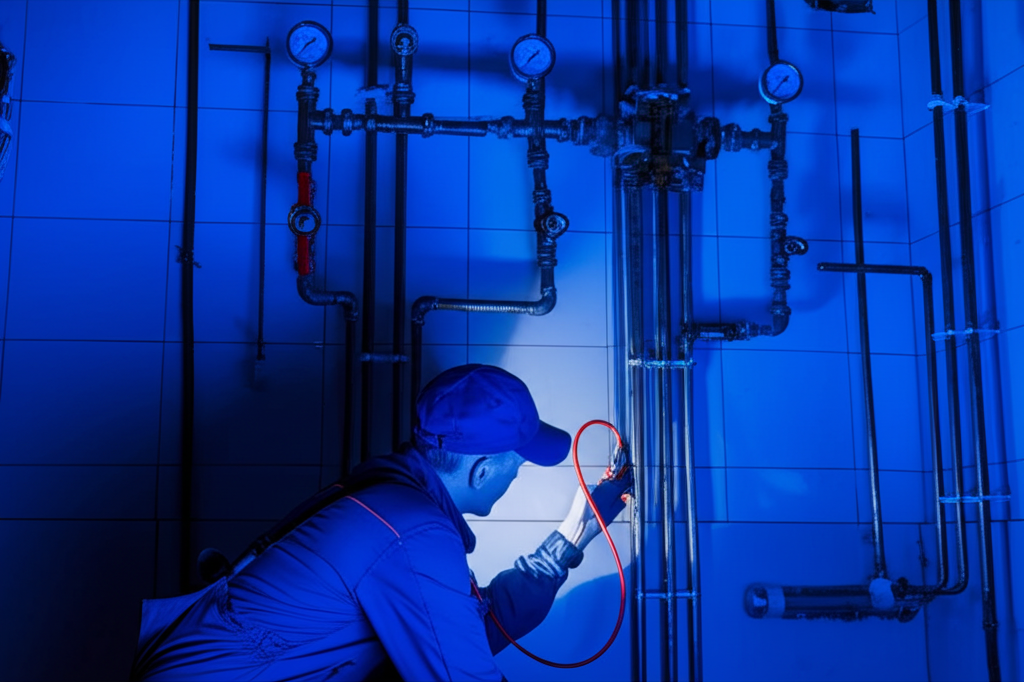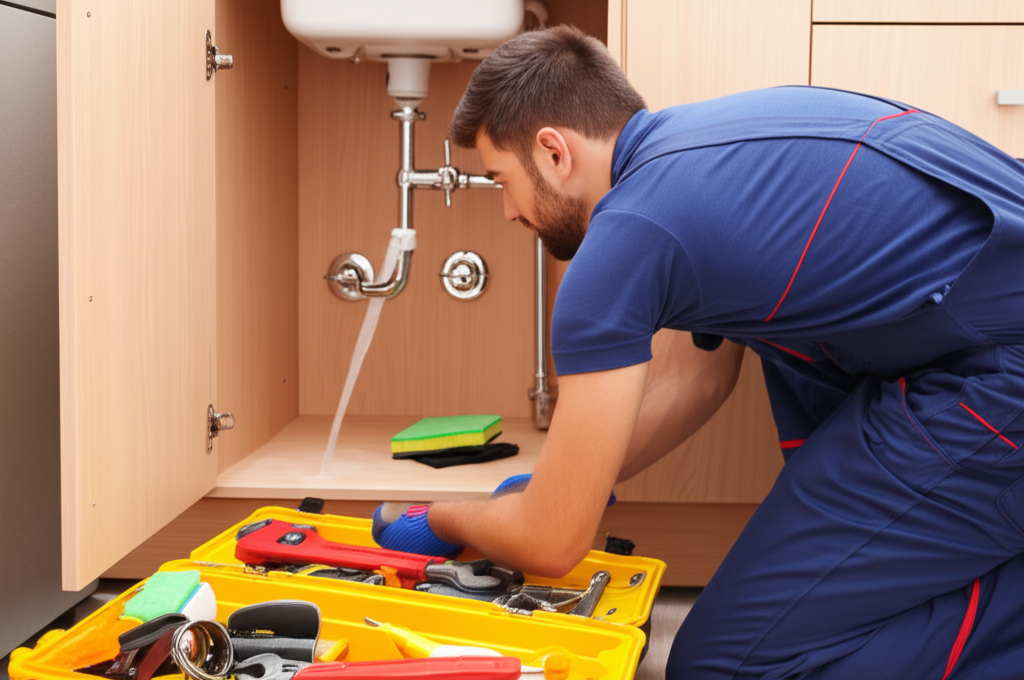Water leaks can quickly escalate from minor inconveniences to major emergencies that cause extensive damage to your home. Knowing how to respond in those critical first moments can make a significant difference in minimizing damage and repair costs.
This guide provides a step-by-step approach to handling water leak emergencies in your home, from immediate response to professional assistance.
Safety First: If water is near electrical outlets, appliances, or your electrical panel, do not enter the area. Turn off electricity at the main breaker if it's safe to do so. If you can't safely reach your electrical panel, call an electrician immediately.
Step 1: Shut Off the Water Supply
The first and most crucial step in any water leak emergency is to stop the flow of water by shutting off the appropriate water supply:
For Localized Leaks (Single Fixture)
- Toilet: Look for the oval or round handle near the floor behind the toilet. Turn it clockwise until it stops.
- Sink: Look for small valves on the water lines beneath the sink. Turn both hot and cold water valves clockwise.
- Washing Machine: Find the water valves behind the machine (typically red and blue handles) and turn both clockwise.
- Dishwasher: The water supply valve is typically located under the sink, on the same line that feeds the kitchen faucet.
- Water Heater: Find the cold water inlet valve on top of the water heater and turn it clockwise to close.
For Major Leaks or Unknown Sources
If you can't identify the source of the leak or it's coming from a pipe in the wall or ceiling, shut off the main water supply to your home:
- Indoor Main Valve: Often located near the water heater, in the basement, crawlspace, or utility room. Turn the valve clockwise to shut off.
- Outdoor Main Valve: Typically located near the street in a covered concrete box or near your water meter. You may need a special water meter key to turn it off.
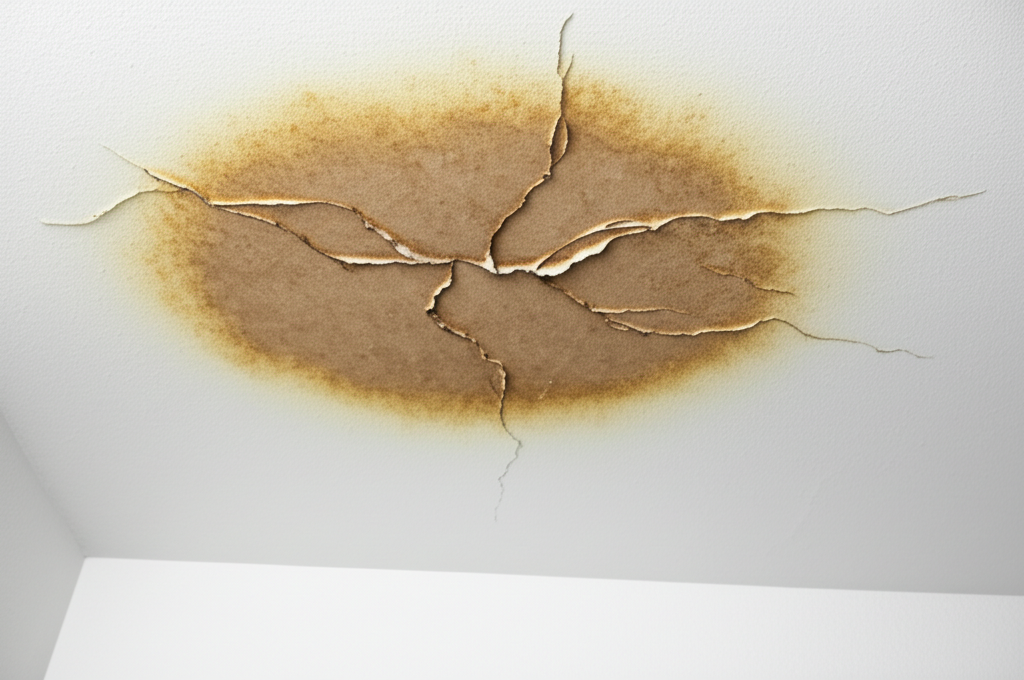
Pro Tip: Make sure everyone in your household knows where the main water shut-off valve is located and how to operate it. Consider tagging it with a bright label for easy identification in an emergency.
Step 2: Minimize Immediate Water Damage
Once you've stopped the water flow, take immediate action to minimize damage:
For Small to Moderate Leaks
- Place buckets or containers under active drips
- Use towels, mops, or a wet/dry vacuum to remove standing water
- Move valuable or sensitive items away from the affected area
- Place aluminum foil under furniture legs in wet areas to prevent staining and furniture damage
- Remove wet area rugs and other floor coverings
For Major Flooding
- If safe to do so, turn off electricity to affected areas
- Remove as much water as possible using buckets, towels, mops, or a wet/dry vacuum
- Move furniture and belongings to dry areas or elevate them
- Open doors, drawers, and cabinets in affected areas to allow air circulation and prevent mold growth
Step 3: Document the Damage
Before making any permanent repairs, document the damage for insurance purposes:
- Take clear photos and videos of all affected areas
- Make a detailed list of damaged items and structures
- Note the time and date when you discovered the leak
- Keep receipts for any emergency supplies purchased
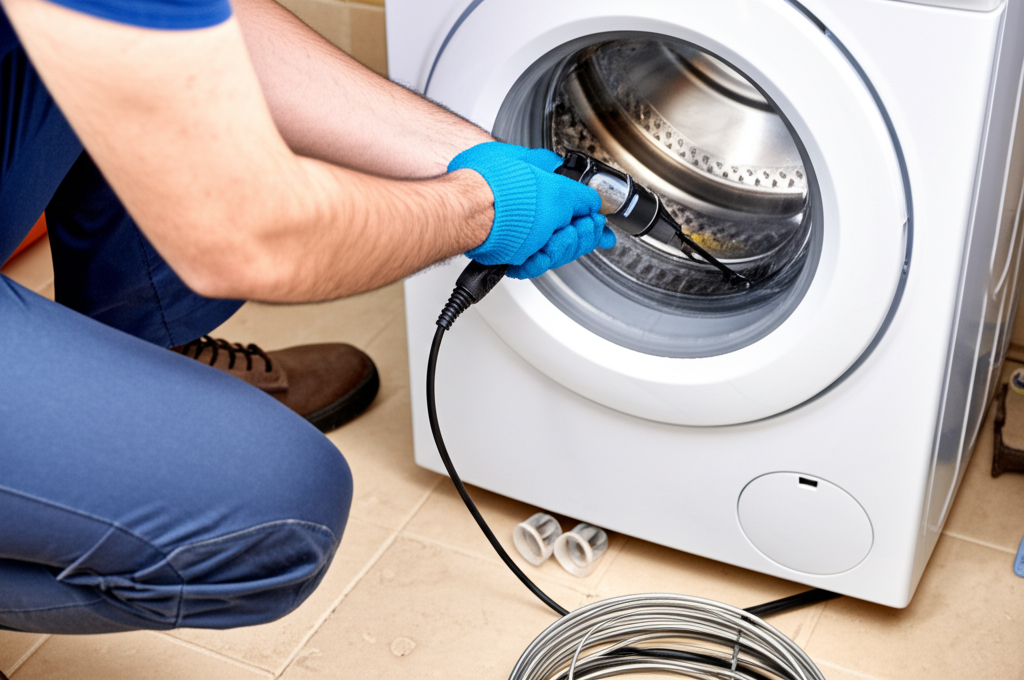
Step 4: Call for Professional Help
Depending on the severity of the leak, you'll need to contact one or more of the following professionals:
For Active Leaks
- Emergency plumber: For burst pipes, major fixture failures, or any leak you can't control
- Leak detection specialist: If you can't identify the source of the leak
- Electrician: If water has affected electrical systems
For Water Damage Cleanup
- Water damage restoration company: For professional water extraction, drying, and restoration
- Mold remediation specialist: If the leak has been ongoing or you notice signs of mold
For Insurance and Claims
- Insurance company: Report the claim as soon as possible after addressing immediate safety concerns
When calling professionals, be prepared to describe:
- The source of the leak (if known)
- How long the leak has been active
- The extent of visible water damage
- Whether you've shut off the water supply
- Any safety concerns (electrical issues, ceiling sagging, etc.)
Specific Response Strategies by Leak Type
Burst Pipe Emergency
- Shut off the main water valve immediately
- Open a faucet to relieve pressure in the system
- If the pipe is exposed, you can attempt a temporary repair with pipe repair clamps or tape
- Call an emergency plumber for permanent repairs
Appliance Leak Emergency
- Unplug the appliance if it's safe to do so
- Shut off the water supply to the specific appliance
- Remove standing water and move items away from the affected area
- Call an appliance repair specialist or plumber
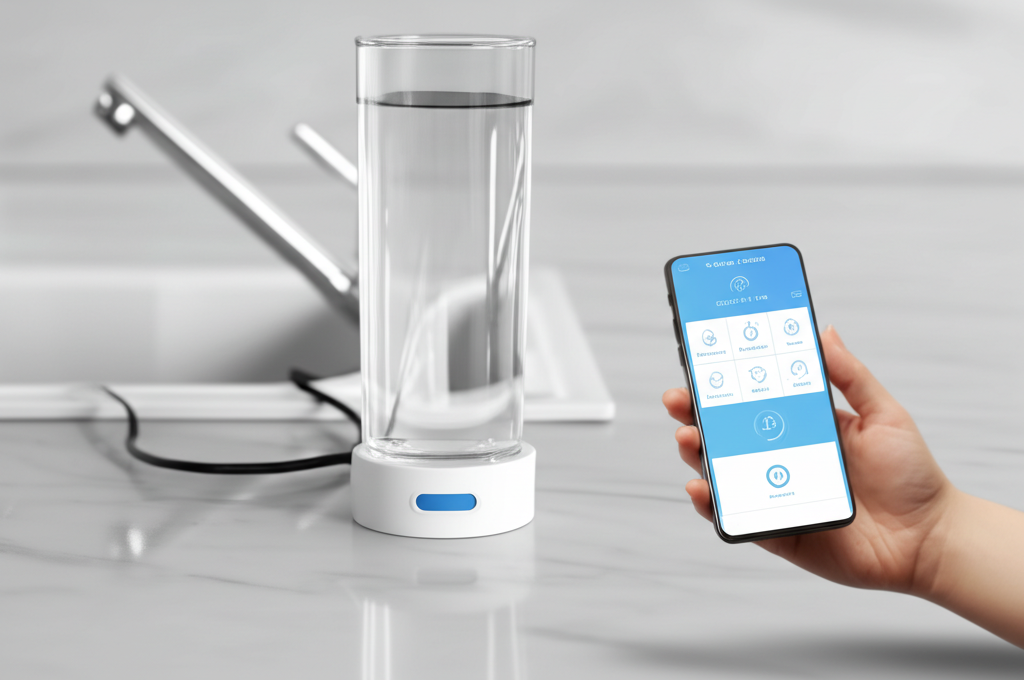
Roof or Ceiling Leak Emergency
- Place buckets under drips to collect water
- If the ceiling is bulging, carefully puncture the center with a screwdriver to release trapped water
- Cover furniture or move it away from the affected area
- Call a roofing specialist and/or plumber depending on the source
Basement Flooding Emergency
- Do not enter if water level is above electrical outlets
- Shut off electricity to the basement if safe to do so
- If flooding is severe, call a water damage restoration company immediately
- For minor flooding, use a sump pump or wet/dry vacuum to remove water
After the Immediate Emergency
Once the immediate crisis is under control:
Drying and Cleanup
- Use fans and dehumidifiers to dry out affected areas (but only after ensuring electrical safety)
- Remove wet drywall, insulation, and carpeting that cannot be fully dried
- Clean and disinfect all surfaces that came into contact with water
- Monitor for signs of mold growth in the following days and weeks
Insurance Claims
- Contact your insurance company as soon as possible
- Provide all documentation of the damage
- Don't dispose of damaged items until the insurance adjuster has seen them
- Keep detailed records of all communications with your insurance company
Professional Repairs
- Get multiple estimates for major repairs
- Verify that contractors are licensed, insured, and experienced with water damage repairs
- Ensure all repairs address the root cause of the leak, not just the visible damage
Preventing Future Emergencies
After experiencing a leak emergency, take these steps to prevent future incidents:
- Install water leak detection devices near high-risk areas
- Consider a whole-home water monitoring system that can automatically shut off water when leaks are detected
- Schedule regular plumbing inspections to catch potential issues before they become emergencies
- Replace aging appliance hoses, especially washing machine hoses, every 3-5 years
- Know the location of your main water shut-off valve and check that it's functioning properly
- Maintain your home's plumbing system with regular inspections and prompt repairs of minor issues
Conclusion
Water leak emergencies require quick action to minimize damage. By following these steps—shutting off the water, minimizing immediate damage, documenting the situation, and calling professionals—you can effectively manage the crisis and reduce its impact on your home.
Remember that safety should always be your first priority. Never put yourself at risk to save possessions, and don't hesitate to call for professional help when needed.
At Drip Scout Water Leak Detection, we specialize in rapid response to water emergencies and can help you identify and address the source of leaks quickly and efficiently. Save our contact information now, before you need it in an emergency.

